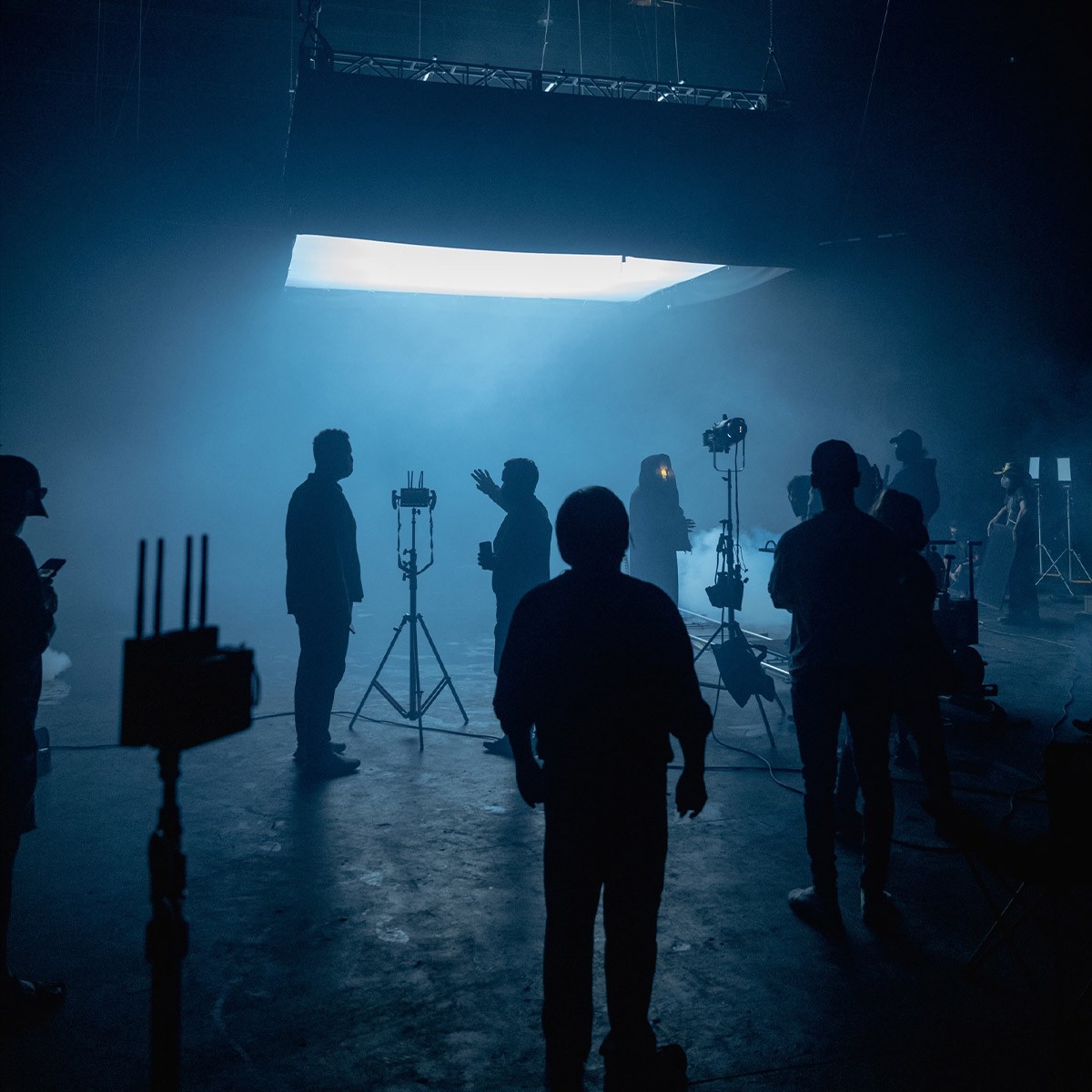Art Department
Film Crew Position: Artistic Contributor

What does a Artistic Contributor do?
An Artistic Contributor in the context of a film's Art Department is a professional responsible for adding creative value to the visual aspects of a film production. Their contribution may vary widely but typically includes offering unique artistic insights, solutions, and enhancements that align with the director's vision and the film's overall aesthetic. Artistic Contributors are often brought on board to assist with specific elements of design, whether that's set dressing, prop creation, graphic design, or another creative facet that demands specialized artistic skills.
What role does a Artistic Contributor play?
The role of an Artistic Contributor spans a broad spectrum of activities within the Art Department. They work closely with the production designer, art director, and other department heads to ensure the visual coherence and stylistic goals of the film are achieved. Depending on their area of expertise, they might conceptualize and execute intricate set pieces, contribute to the color palette used throughout the film, or develop unique graphic elements that appear on-screen. Their input is vital in crafting the visual narrative that complements the storytelling.
Do you need to go to college to be a Artistic Contributor?
While a college degree is not always mandatory for an Artistic Contributor, many professionals in this role possess a background in fine arts, design, or a related field obtained through a bachelor's degree program. Relevant experience, a strong portfolio, and specialized training often carry significant weight in this position. Some Artistic Contributors may have graduated from vocational schools or undergone apprenticeships where practical skills are emphasized. Continuous education and staying abreast of industry trends are also beneficial for those looking to excel in this career.
What skills do you need to be a Artistic Contributor?
Artistic Contributors must have a robust set of skills that include, but are not limited to, creativity, a keen eye for detail, and an understanding of color theory and composition. They should be adept in various artistic techniques and mediums, capable of translating conceptual ideas into tangible art forms. Strong communication and collaboration skills are essential, as the role requires them to liaise with different departments. Additionally, they must demonstrate adaptability, problem-solving abilities, and be comfortable working within the fast-paced and often-changing demands of a film production environment.
New to filmmaking?
Get Free Template
Use our budget template to get a kick start on your film project. Get access to dozens of templates no matter what type of project!
